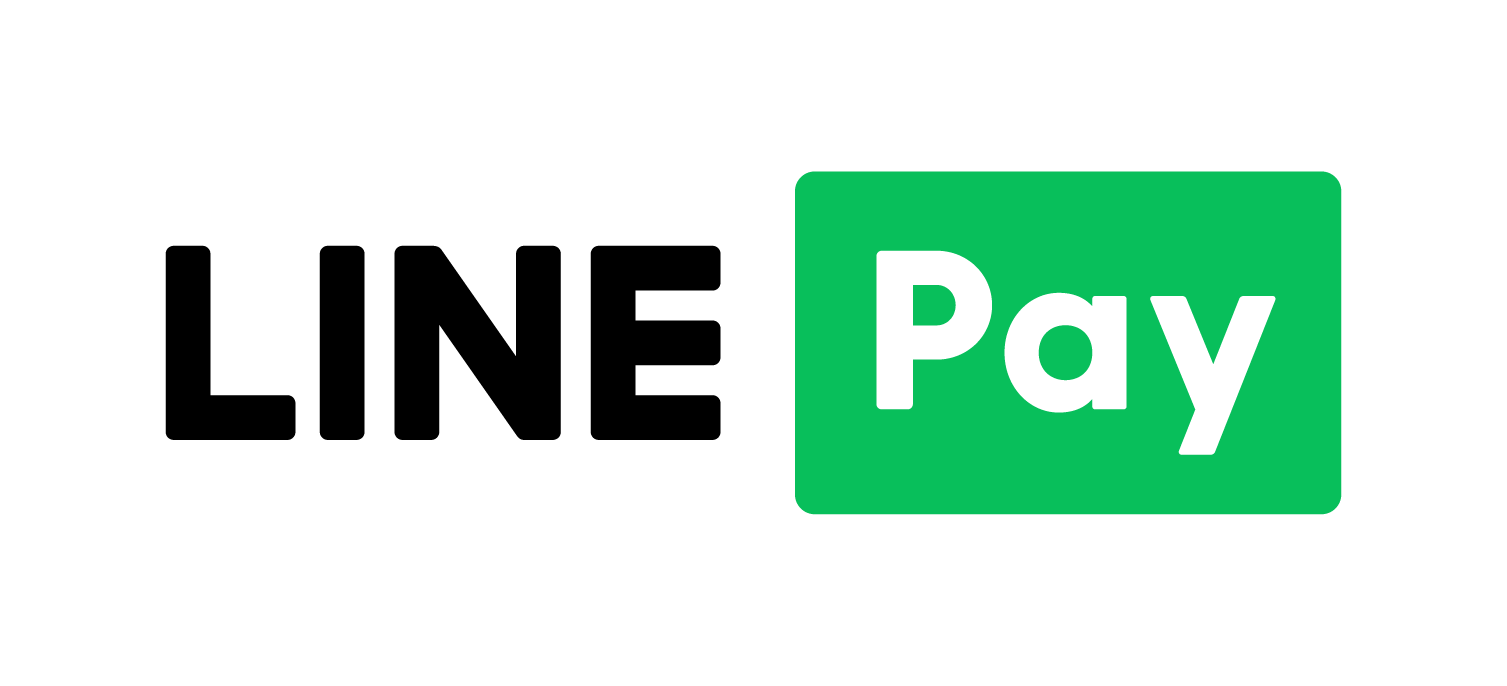詳細資訊
The third edition of this book aims to equip both young and experienced researchers with all the tools and strategy they will need for their papers to not just be accepted, but stand out in the crowded field of academic publishing. It seeks to question and deconstruct the legacy of existing science writing, replacing or supporting historically existing practices with principle- and evidence-driven styles of effective writing. It encourages a reader-centric approach to writing, satisfying reader-scientists at large, but also the paper's most powerful readers, the reviewer and editor. Going beyond the baseline of well-structured scientific writing, this book leverages an understanding of human physiological limitations (memory, attention, time) to help the author craft a document that is optimized for readability. Through real and fictional examples, hands-on exercises, and entertaining stories, this book breaks down the critical parts of a typical scientific paper (Title, Abstract, Introduction, Visuals, Structure, and Conclusions). It shows at great depth how to achieve the essential qualities required in scientific writing, namely being clear, concise, convincing, fluid, interesting, and organized. To enable the writer to assess whether these parts are well written from a reader's perspective, the book also offers practical metrics in the form of six checklists, and even an original Java application to assist in the evaluation. Sample Chapter(s) Preface Chapter 1: Writer vs. Reader, a Matter of Attitude Contents: The Reading Toolkit: Chapter 1: Writer vs. Reader, a Matter of Attitude Why Am I Writing This Paper? The Illusion of Clarity The Do-unto-others-as-others-do-unto-you Inversion The Right(er) Attitude Chapter 2: Strategic Writing The Scientific Paper: An Intellectual Product Journal Choice: Subscription or Open? Predatory Open Access Journals The Publishing Process The Halo Effect and Confirmation Bias The Assumption of Expertise Trap The Editor Learn from Principles, Not Examples Chapter 3: The Scientific Writing Style Characteristics of the Scientific Writing Style Understanding Sentence Length The Scientific Style Virus Deactivated Verbs Curing the Scientific Style Virus Chapter 4: Require Less from Memory The Forgotten or Undefined Acronym The Detached Pronoun The Diverting Synonym The Distant Background The Broken Couple The Word Overflow Chapter 5: Sustain Attention to Ensure Continuous Reading Keep the Story Moving Forward Twist and Shout Pause to Illustrate and Clarify Recreate Local Suspense Chapter 6: Reduce Reading Time Chapter 7: Keep the Reader Motivated Chapter 8: Bridge the Knowledge Gap Bridge to Ground Zero Bridge to Title Words Just-in-Time Bridge by Way of Local Background Chapter 9: Set the Reader's Expectations Expectations from Grammar Expectations from Science Chapter 10: Set Progression Tracks for Fluid Reading Topic and Stress Inverted Topic Topic Sentences Three Topic-Based Progression Schemes to Make Reading Fluid Non Topic-Based Progression Schemes Pause in Progression Troubleshooting Progression Problems Chapter 11: Detect Sentence Fluidity Problems Reasons for No Expectations 😐 Reasons for Betrayed Expectations 🙁 Chapter 12: Control Reading Energy Consumption The Energy Bill Punctuation: An Energy Refueling Station Paper Structure and Purpose: Chapter 13: Title: The Face of Your Paper Six Titles to Learn About Titles Six Techniques for Improving Titles Purpose and Qualities of Titles Title Q&A Title Metrics Chapter 14: Abstract: The Heart of Your Paper The Four Parts Coherence Between Abstract and Title Tense of Verbs and Precision Purpose and Qualities of Abstracts Abstract Q&A Abstract Metrics Chapter 15: Headings-Subheadings: The Skeleton of Your Paper Structures for Readers and Structures for Writers Four Principles for a Good Structure Syntactic Rules for Headings Structure Q&A Structure Metrics Chapter 16: Introduction: The Hands of Your Paper The Introduction Starts Fast and Finishes Strong The Introduction Answers Key Reader Questions The Introduction Frames Through Scope and Definitions The Introduction Is a Personal Active Story Chapter 17: Introduction Part II: Popular Traps TRAP 1 – The Trap of the Story Plot TRAP 2 – The Trap of Plagiarism TRAP 3 – The Trap of References TRAP 4 – The Trap of Imprecision Hedge Words TRAP 5 – The Trap of Judgmental Words The Deadly Outcome of the Sum of All Traps: Disbelief Purpose and Qualities of Introductions Introduction Q&A Introduction Metrics Chapter 18: Visuals: The Voice of Your Paper Seven Principles for Good Visuals Purpose and Qualities of Visuals Qualities of a Visual Visuals Q&A Visuals Metrics (Calculate Your Score for Each Visual) Chapter 19: Conclusions: The Smile of Your Paper Abstract Versus Conclusions Examples and Counterexamples Purpose and Qualities of Conclusions Conclusions Q&A Conclusion Metrics (if you have a conclusion) Chapter 20: Additional Resources for the Avid Learner Readership: Doctoral students, PhDs, postdocs, associate professors, principal investigators, junior faculty, research scientists, clinicians.

 華通書坊
華通書坊













